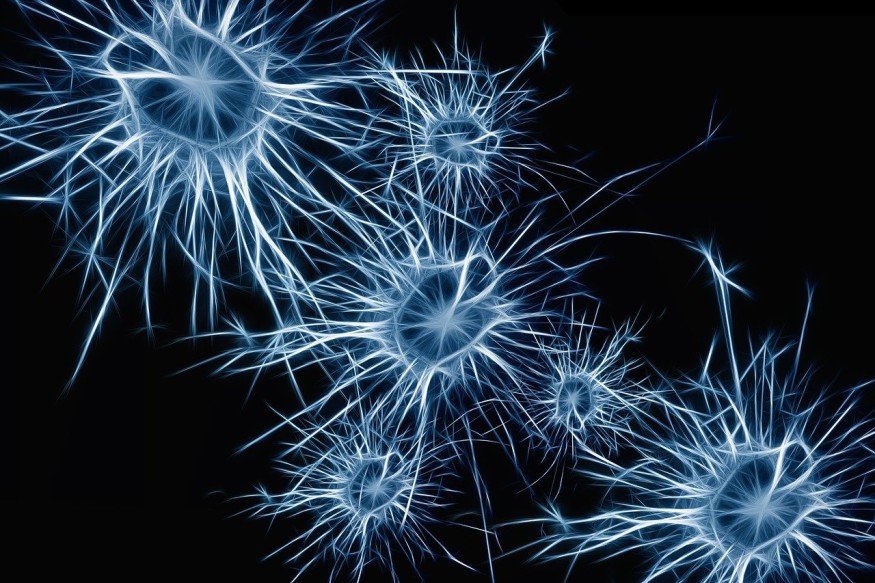
When it comes to treating various medical conditions, stem cells have been seen to offer great promise despite being quite controversial for some.
What Is Stem Cell Technology?
According to the Mayo Clinic, stem cell therapy promotes the repair of injured, dysfunctional, or diseased tissues using stem cells. It is the next step in organ transplantation and uses these cells rather than organs from donors that are limited.
In such cases, stem cells are grown and cultured in a laboratory setting. For them to become specialized cells, they are manipulated further. These stem cells can then be specified into blood, nerve, or heart muscle cells.
While this technology has been seen as growing, there have also been some ethical concerns raised about it over the years. Medical News Today reports that, for one, when the technology first caught the attention of the public, human stem cells were only being derived from embryos. Several individuals have disagreed with such methods because the extraction of stem cells leads to the embryo's destruction.
However, in 2006, iPS cells started getting used. Because they were not taken from embryos, the same ethical concerns did not apply to them. This and other recent developments in the technology have fostered attitude changes toward stem cell therapy as a whole.
Nevertheless, it is still something that several scientists and experts are looking into, for it to become part of typical medicine. However, others still find it debatable.
Stem Cell Applications
Albeit, there are some cases where stem cells have already been applied to some treatments. More specifically, doctors have already been able to conduct stem cell transplants or bone marrow transplants. In this case, the damaged cells are replaced by stem cells. These stem cells then help the immune system fight off blood conditions or cancer.
The Mayo Clinic adds that such transplants make use of adult stem cells, which are also being tested to treat other conditions.
Researchers have also been trying out stem cell technology in animals. For one, scientists from various Chinese research institutions were able to use stem cells to grow antlers on mice, as reported by Phys. This demonstrates the potential for humans to also regrow limbs in the future.
The Mayo Clinic also notes that stem cells can be used to aid people dealing with type 1 diabetes, Parkinson's disease, spinal cord injuries, Alzheimer's disease, amyotrophic lateral sclerosis, stroke, heart disease, cancer, burns, and osteoarthritis.
They also have the capacity to be cultured to become new tissue for regenerative medicine and transplant. Experts keep on advancing current knowledge on stem cells and how they can be used in regenerative medicine, transplantation, and even new drug testing.
RELATED ARTICLE : Antlers Grown on Mice Through Stem Cell Technology; Breakthrough Demonstrates Possibilities of Humans Regrowing Limbs
Check out more news and information on Medicine and Health in Science Times.
© 2025 ScienceTimes.com All rights reserved. Do not reproduce without permission. The window to the world of Science Times.











